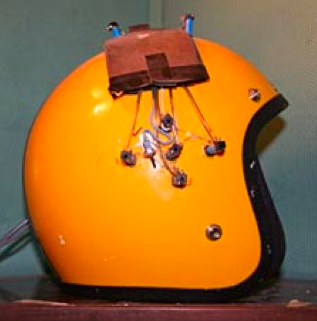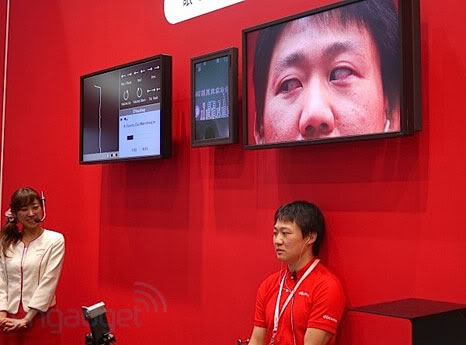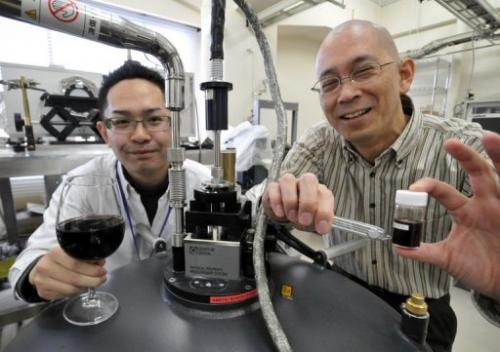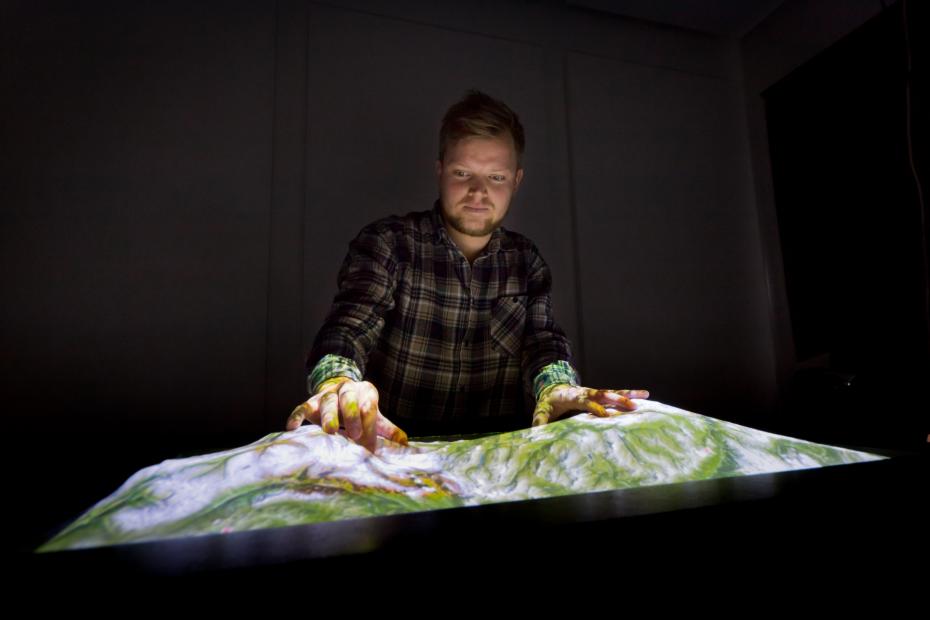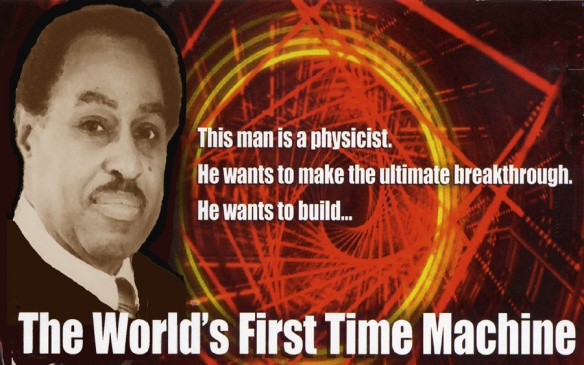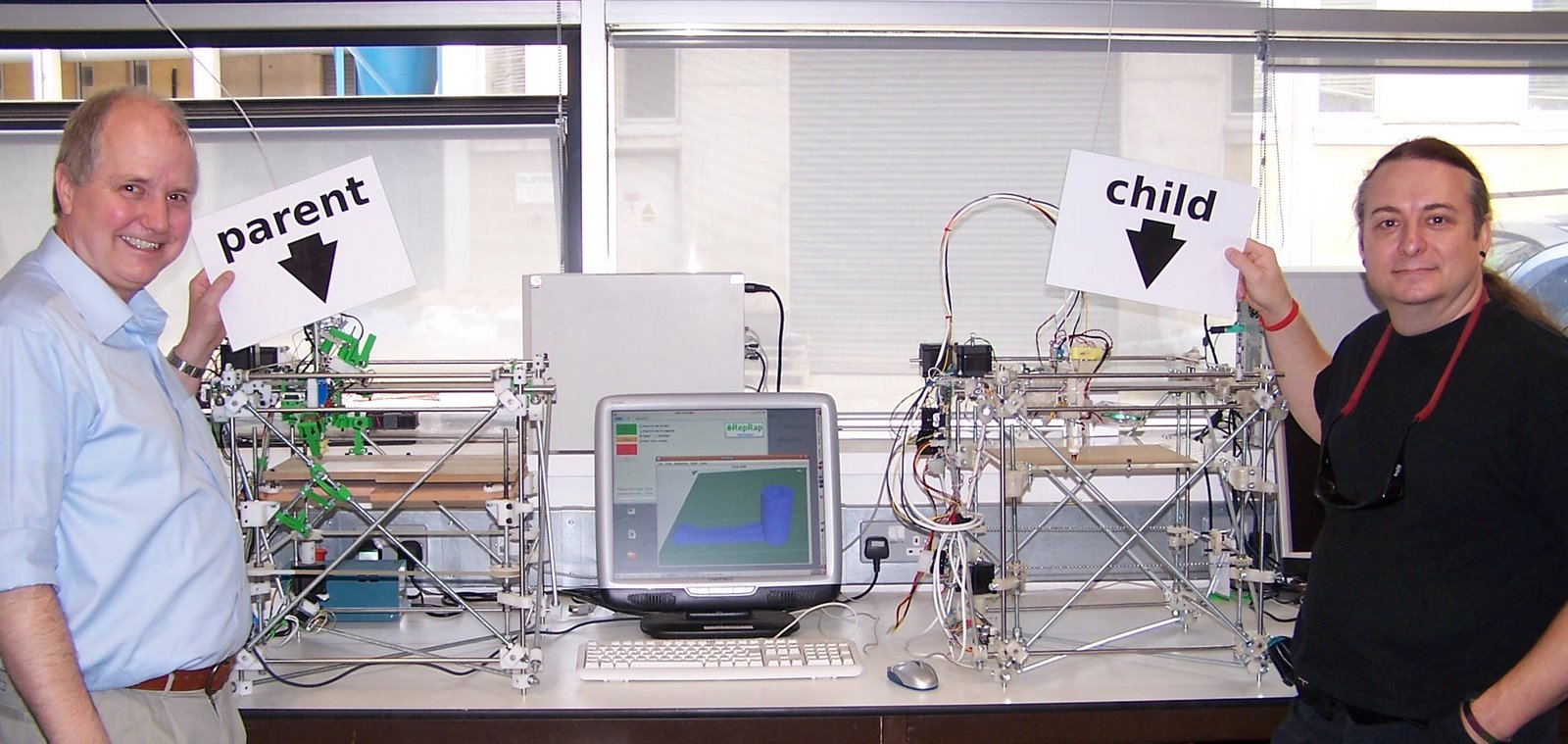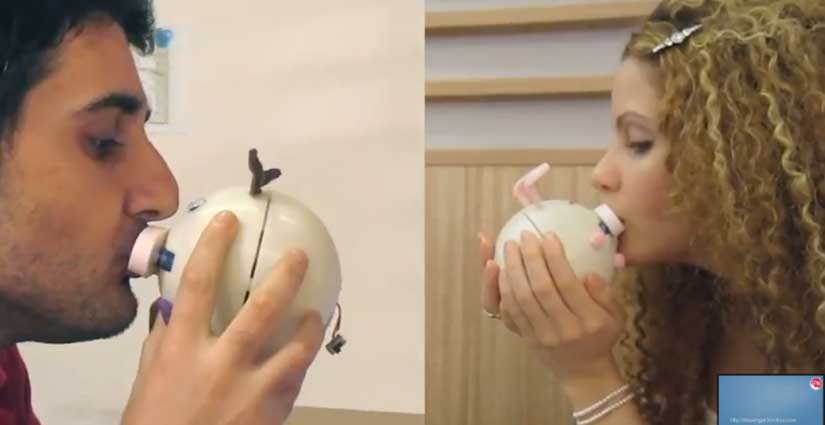In Pictures: Research Lab Projects And Future Tech
God's Helmet
Inventor Stanley Koren and Michael Persinger, a neuroscientist at the University of Sudbury in Ontario, developed an experimental device referred to as the "God helmet," which produces a magnetic field that stimulates the brain's temporal lobe. Reportedly, eighty percent of the people who have tried out the helmet reported a presence beside them in the room, sometimes described as angels, a departed loved one, or even God. Persinger's work has naturally come under scrutiny by scientists unable to replicate his results, and it has instead been suggested that a subject's suggestibility predicts their response to the helmet experience.
Smartphone Controlled With The Eyes
Researchers for Japanese telecom operator NTT DoCoMo have been working for several years on a system that allows users to control their smartphone with eye movements. Unlike the Samsung Galaxy S4, which employs a camera to track eye movements, DoCoMo's prototype is based on headphones that detect weak electrical variations generated by eye movements. This system is more precise and works even when the user has his or her eyes closed. According to the demonstration, the technology can be used to raise or lower the volume of the device and select music tracks.
Transient Electronics
Professor Fiorenzo Omenetto of Tufts University in Massachusetts has created a circuit composed of silicon, magnesium, and reconstituted silk. The goal is to insert this circuit inside the human body and use it as a mini-laboratory on a chip. It has the ability to disintegrate after a certain period of time, and that interval can be altered by adjusting the properties of the silk. The residues can be dissolved in water or fluids, or assimilated. According to Tufts, the research team is considering more complex devices that can be adjusted in real-time, or respond to other environmental changes.
Wine-Based Superconductor
Of all the crazy experiments we've come across, a wine-soaked superconductor takes the cake. Japanese scientists were partying when they decided to boil the wine and add it to iron telluride. To their surprise, the results were excellent. Two years later, they discovered that Beaujolais, based on the gamay grape, is the best for this application because of its high concentration of tartaric acid. French wine just may have found itself a new market.
Modeling-Clay Display
Researchers at Bristol University in the U.K. have been granted 2.47 million euros ($3.35 million) in funding from the European Union for their work on malleable displays. Named GHOSTs (Generic and Highly Organic, Shape-changing inTerfaces), the screens can adopt and maintain any shape. Touching them allows you to interact with the connected system and send commands. This research will advance the understanding of organic materials used in computer imaging and the challenges inherent in this type of interface.
Rat Avatars
University College London in England has created a virtual reality system through which humans control a robotic rat in order to interact with real rats. The rat sees a rudimentary rat-bot representation of itself, while the human perceives the rat as a human avatar through virtual reality. Researchers had the humans and rats play games. In one, the humans actually believed they were interacting with other humans.
The researchers hope to use this technology for exploring difficult-to-reach areas and break down boundaries in videoconferencing.
Get Tom's Hardware's best news and in-depth reviews, straight to your inbox.
Blood-Powered Battery
Researchers at the University of British Columbia in Canada have created a battery powered by human blood. It uses yeast cells, which metabolize the glucose in blood and transfer electrons, creating about 400 nW of current. The concept is very interesting, as a battery capable of feeding on organic fuel could last much longer than today's lithium-ion batteries, which are good for up to 15 years in medical applications. The biggest challenge is managing the waste created by the battery once glucose is consumed.
Professor Mallett's Time Machine
Professor Ronald Mallett of the University of Connecticut is known for his research in time travel. Mallett wants to go back in time to save his father from a fatal heart attack. In addition to Mallett's work on black holes, relativity, gravity, and astrophysics, he is now working on a laser-based system capable of manipulating the space-time continuum. Of course, there's also work challenging some of Mallett's theories.
A Self-Replicating Printer
In 2005, Adrian Bowyer of the University of Bath in the U.K. launched the RepRap project, a 3D printer capable of creating its own components in order to "reproduce" itself. The design and programs are available under a GNU GPL license. The machine managed to create its first clone in May 2008. The team is not the only one working on this concept; the same year, researchers at Cornell University created a machine capable of assembling itself and building other machines. Unlike the printer, however, it can't make its own components. You can learn more about RepRap on the project's home page, which goes so far as to walk you through building your own.
The Kiss Machine
We close this article with one of the craziest machines from our round-up. In 2011, Japanese researchers created a system that allows kisses to be transmitted over the Internet. Dubbed the Kissenger, the little orb-shaped machines are pressed against the mouth and lip movements against the machine are then recorded. The lip mechanism on the receiver's Kissenger then replicates the lip movements that you recorded. Hooman Samani, a researcher at National Taipei University in Taiwan, reworked the concept with Singaporean scientists and presented the second version of the machine, Kissenger 2.0. Now sporting an instant-messaging system, Kissenger 2.0 allows you to essentially "make out" with somebody halfway around the world.
-
IRONBATMAN Do all scientists and professors use old PCs ? At the " A Self-Replicating Printer " and " Remote-Control Bionic Arm" page, you can clearly see the old fat monitors and classic white keyboards.Reply -
bystander ReplyI think i saw one of these kiss machine in The Big bang theory.
Yeah, I saw that one. Wollowitz was going to town with Kuthrapoly -
g-unit1111 Tony Stark already had transparent smart phones and laptops in the Avengers. We're behind the times! :lol:Reply -
IRONBATMAN From the many movies such as THE MATRIX and TERMINATOR , we all know that one day, the machines would take over...Reply -
kato128 Transparent aluminium has been around for a while. Ever heard of alon? http://en.wikipedia.org/wiki/Aluminium_oxynitrideReply -
pepe2907 Soon I am going to get my tattoos upgraded with the new 1.4 nm Core iv2 tech coming with the new dGraphics v4 synapse :)Reply
